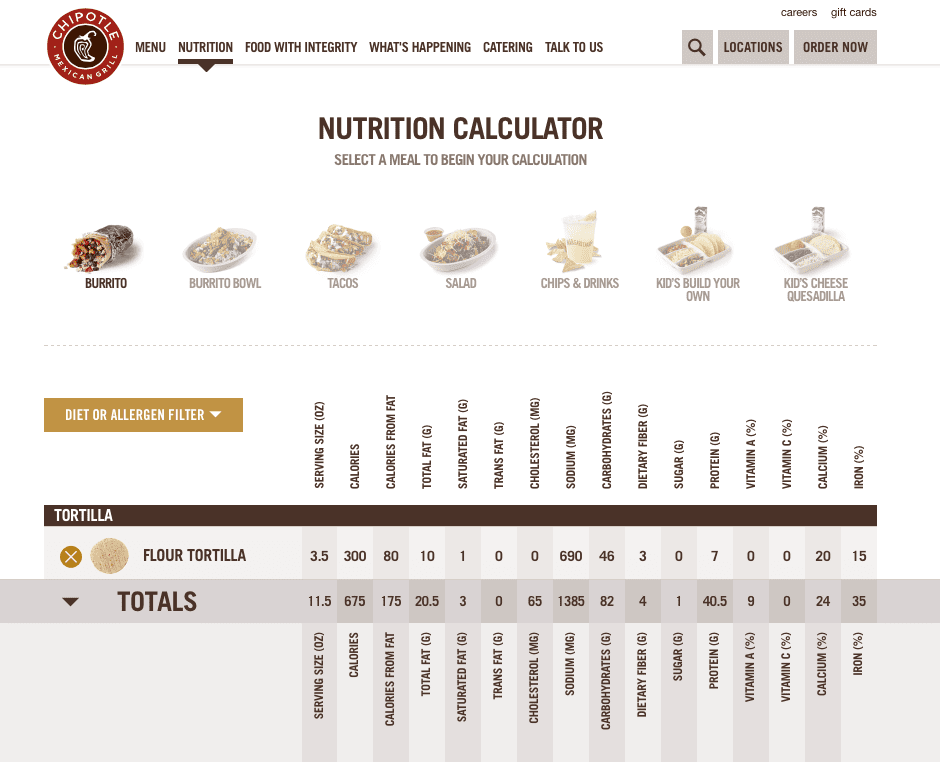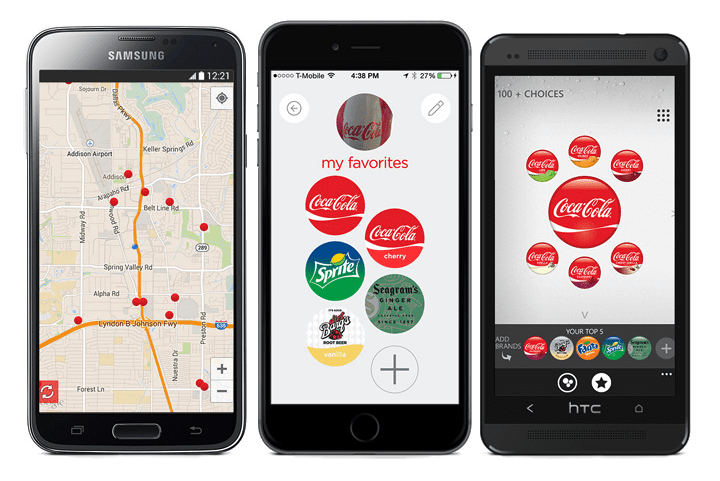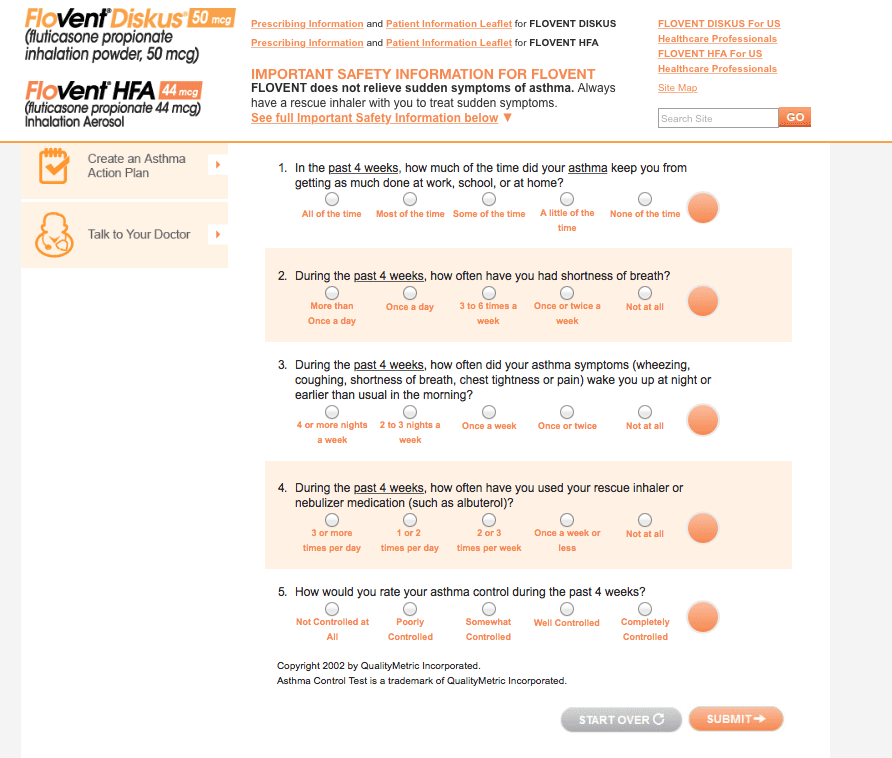Like we mentioned recently, interactive content is quickly become a core aspect of many brand’s marketing strategies — and for very good reason! Just like the name signifies, interactive content is, well…. Interactive! The variety of types of interactive content allow consumers to directly engage with your brand in ways that benefit the actual consumer. The more consumers engage with your brand, and the more useful your brand is to the consumer, the more likely it’ll be they go to you as opposed to a competitor.
Interactive content can be just about anything that engages a consumer and provides results or answers they’re actually looking for. Typically, interactive content takes the form of quizzes, surveys, games & evaluators. While everyone is directing their attention to interactive content now, it’s been around for a while and many brands have leveraged it to engage with audiences. Here are 3 types of interactive content that you’ve probably seen already:
Types of Interactive Content: Meal Builders
Despite living in a fairly healthy conscious society, there’s no denying that people love to dine out (Mmm… Taco Bell *drool*). That said, many folks find themselves going the extra mile to calculate how many calories their meal will be. Not too long ago, fast food patrons would have to either have to look up nutritional guides on their website, or go to the restaurants themselves to plan out their meals. Nowadays, many fast food chains place actual meal builders on their website for patrons to plan out their calories for the day. Giant fast food chains, McDonalds, Chipotle, and Burger King all have calculators on their websites. These calculators are helpful because they essentially allow patrons to make a purchasing decision before they even visit the restaurant.
Types of Interactive Content: Fun Customizers
Just as Jay Baer mentions in his book, Youtility, consumers browse the web looking for 2 things: resources or entertainment. When it comes to interactive content, “Youtility” applies 100%; and that means it doesn’t just have to be informational. Interactive content can be totally fun! Recently, Coca-cola has done a brilliant job of creating fun ways for soda enthusiasts (like myself) to come up with cool soda combinations for their Freestyle machines. Before entering an establishment with a Freestyle machine, consumers can download their app (Android & iOS), customize tasty beverages and save them for when they finally do visit a Freestyle machine. Think of it as a “to-do list” for soda. Along with providing a place for consumers to save their combinations, those who download the app receive offers, earn badges (bragging rights, yo) and enter to win prizes. There aren’t a ton of these customizers out there at the moment, but I have a hunch they’ll be more as time goes on.
Types of Interactive Content: Evaluators
Evaluators are another type of popular interactive content; as they (you guessed it), allow consumers to evaluate themselves with hope of finding a viable solution to their problem. One of the most popular and highly useful types of evaluators are health evaluators. And no, I don’t mean self-diagnosing on WebMD. I’m talking about the evalutors that you would find on branded medication websites that tell you if you need to seek professional medical help or not. Many of these sites have an area on their website for consumers to determine whether their medication is a plausible solution (and yes, they all tell you to see a doctor first). For example: one of the medications I take (Flovent) has a quiz that allows you to evaluate your current asthma symptoms. If you get below a certain score, it doesn’t necessarily suggest the medication, but does suggest you seek the advice of a medical professional. Naturally, the first medication that comes to mind when you visit your general practitioner will be the resource who offered you the evaluation to begin with.
Want to learn more about how interactive content can help your business?


